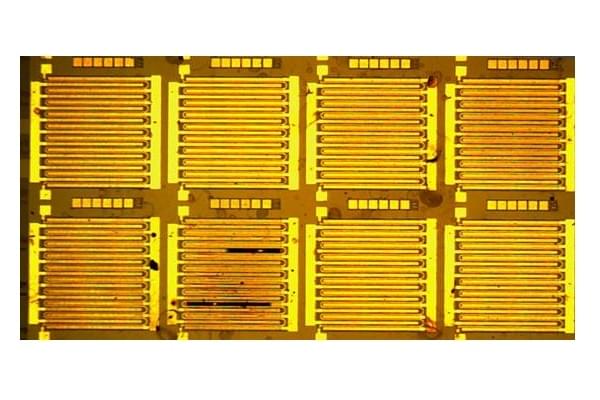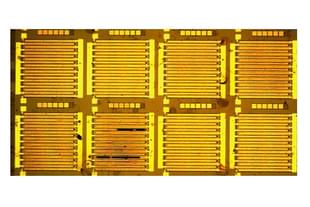Insta
Indian Scientists Develop Indigenous Normally OFF High Electron Mobility Transistor For Power Electronics
Swarajya Staff
Mar 18, 2021, 10:54 AM | Updated 10:54 AM IST
Save & read from anywhere!
Bookmark stories for easy access on any device or the Swarajya app.


Indian scientists have developed a highly reliable, High Electron Mobility Transistor (HEMTs) that will help in reducing country's dependence on import of such stable and efficient transistors which are required in power electronics applications.
The HEMT is a normally OFF device and can switch currents up to 4 Ampere and operates at 600 Volts.
This first-ever indigenous HEMT device is made from gallium nitride (GaN) and is useful in electric cars, locomotives, power transmission and other areas requiring high voltage and high-frequency switching.
Power electronic systems demand high blocking voltage in OFF-state and high current in ON-state for efficient switching performance. Specific transistors called HEMTs made of aluminium gallium nitride/ gallium nitride (AlGaN/GaN) provides an edge over silicon-based transistors as they allow the systems to operate at very high voltages, switch ON and OFF faster, and occupy less space, the Ministry of Science and Technology said in a statement on Thursday (18 March).
Commercially available AlGaN/GaN HEMTs use techniques to keep the transistor in normally OFF state, which affects the stability, performance and reliability of the device.
To overcome this, the team of scientists from IISc Bengaluru including Professor Mayank Shrivastava from Department of Electronic Systems Engineering and his co-investigators G Narayanan, Digbijoy Nath, Srinivasan Raghavan and Navakanta Bhat have developed the new kind of HEMT, which is in the OFF state by default and works like any other commonly used power transistor. Such transistors are called e-mode or enhancement mode transistors.
The developed technology is a first of its kind, which uses a type of chemical called ternary oxide (composed of two different metal ions combined in an oxide matrix or Al, Ti and O), which behaves like material having larger positive charge concentration (p-type material). It does away with intrinsic reliability and performance issues of the in-use industrial techniques for e-mode HEMTs, allowing the development of efficient power switching systems.
This device will now be taken up for the prototype development and field-testing level. The scientists used aluminium titanium oxide as the gate oxide, where the percentage of aluminium could be controlled during the fabrication process. Since aluminium titanium oxide is stable, it resulted in high reliability of the transistor.
According to the statement, the projected overall power device market is set to cross the $18 Billion mark by 2020, out of which the market for HEMTs is projected to cross the $5 Billion market. So, GaN HEMTs will acquire a major share of the power device market.
With a growing market for electric vehicles in India, such an indigenous development can make India self-reliant for transistor technology, the statement said.





